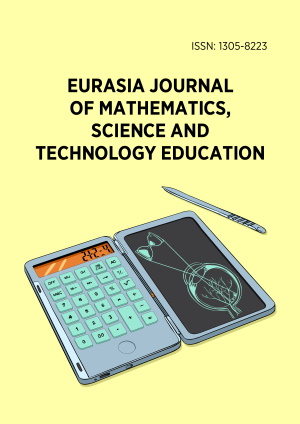Abstract
The teaching of geometry in Chile faces several challenges, as evidenced by the low performance of students in international assessments. In particular, the concept of homothety is impacted by teaching methodologies that emphasize rote memorization and procedural repetition rather than conceptual understanding. This study explores how a task sequence fosters mathematical work with the concept of homothety among 15- to 16-year-old students in a public high school in the Maule Region of Chile. Grounded in the mathematical working space (MWS) theory, this research provides a framework for analyzing how students engage with mathematical tasks. Employing a qualitative approach, specifically a case study, the findings reveal that the task sequence contributes to progressive mathematical reasoning. The study concludes that the designed activities align with the criteria for “emblematic tasks”, evidencing their fundamental role in supporting students’ conceptual understanding of homothety.
License
This is an open access article distributed under the Creative Commons Attribution License which permits unrestricted use, distribution, and reproduction in any medium, provided the original work is properly cited.
Article Type: Research Article
EURASIA J Math Sci Tech Ed, Volume 21, Issue 6, June 2025, Article No: em2656
https://doi.org/10.29333/ejmste/16540
Publication date: 24 Jun 2025
Article Views: 1094
Article Downloads: 711
Open Access References How to cite this article
 Full Text (PDF)
Full Text (PDF)